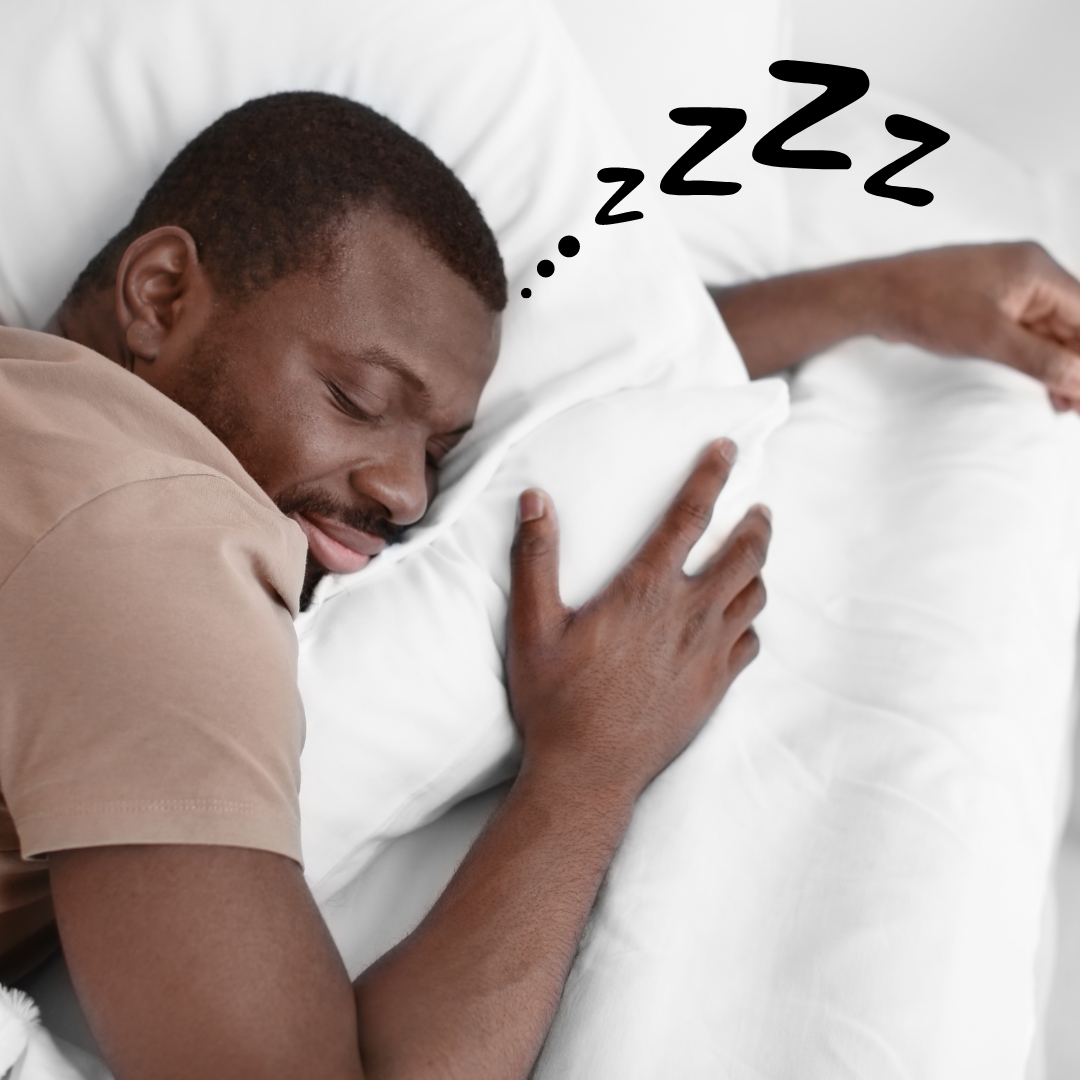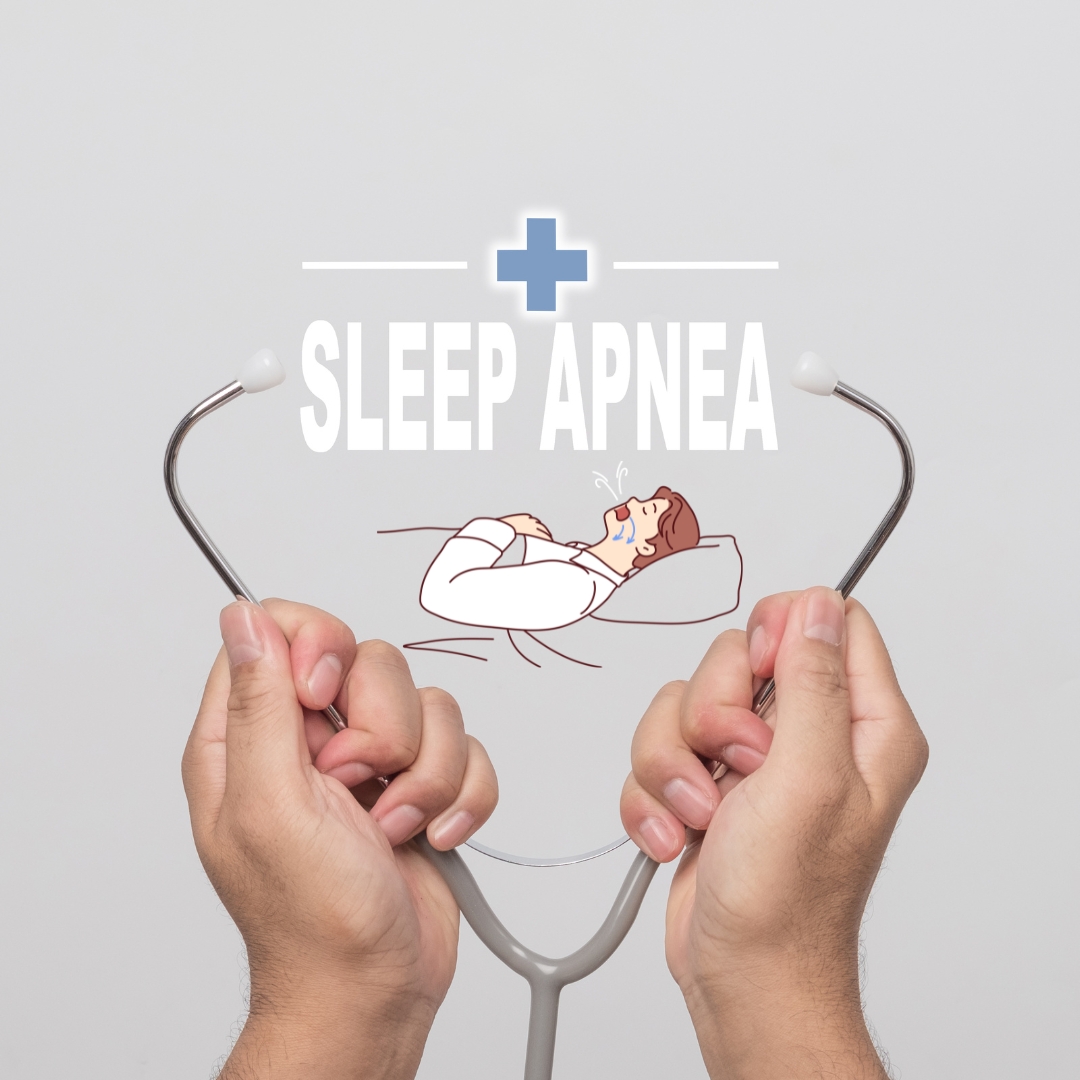Unsure if You Have Sleep Apnea? Unveiling the Diagnosis Process
Unsure if You Have Sleep Apnea? Unveiling the Diagnosis Process
Struggling to sleep soundly? Does your partner complain about your loud snoring? You might be wondering if sleep apnea is the culprit behind your restless nights. But how do they figure out if you have it? This blog post explores the different ways doctors diagnose sleep apnea, helping you understand what to expect and what steps to take.
1. Recognizing the Signs and Symptoms
Before any tests, your doctor will likely discuss your sleep habits, medical history, and symptoms. Common signs of sleep apnea include:
Loud snoring, especially gasping or snorting during sleep ([1])
Daytime fatigue or sleepiness, even after a full night’s sleep ([1])
Frequent awakenings during sleep (you might not even remember them) ([1])
Morning headaches ([1])
Difficulty concentrating or memory problems ([2])
Irritability or mood swings ([2])
Actionable Tip: Keep a sleep diary for a week, noting your sleep schedule, sleep quality, and any daytime sleepiness you experience. This information can be helpful for your doctor.
Mistake to Avoid: Don’t dismiss these symptoms or assume they’re due to stress or a busy lifestyle.
Scenario 1: Priya experiences frequent daytime fatigue and wakes up feeling unrested. She also notices her husband complains about her snoring at night. These symptoms prompt her to see her doctor.
Scenario 2: Rohan ignores his daytime sleepiness and believes it’s just a result of his demanding job. However, underlying sleep apnea could be affecting his energy levels and overall health.
2. Tools for Diagnosis: Sleep Studies
Sleep studies are the gold standard for diagnosing sleep apnea. These tests monitor your brain waves, breathing patterns, oxygen levels, and muscle movements during sleep. There are two main types:
Polysomnography (PSG): This overnight test is conducted in a sleep lab with multiple sensors attached to your body. ([3])
Home Sleep Apnea Testing (HSAT): This simplified test allows you to do a sleep study at home with fewer monitoring devices. ([3])
Actionable Tip: Discuss with your doctor which sleep study option is right for you based on your symptoms and medical history. Consider factors like your comfort level with spending the night in a lab and the severity of your suspected sleep apnea.
Mistake to Avoid: Don’t be afraid of a sleep study. It’s a painless procedure that helps diagnose your condition and guide treatment.
Scenario 1: Anjali undergoes a PSG at a sleep lab and is diagnosed with moderate sleep apnea. This diagnosis allows her doctor to recommend the best treatment course.
Scenario 2: Dev hesitates to schedule a sleep study due to anxiety about spending the night in a lab. He should discuss alternatives like HSAT with his doctor, which might be a more suitable option for him.
3. Additional Tests for Sleep Apnea
In some cases, your doctor might recommend additional tests to rule out other conditions or determine the severity of your sleep apnea. These could include:
X-rays or CT scans of your head and neck: To check for anatomical abnormalities that might be contributing to airway blockage, such as a deviated septum or enlarged tonsils. ([4])
Flexible endoscopy: A thin, flexible tube with a camera is inserted through your nose or mouth to examine the inside of your throat and upper airway. ([4])
Actionable Tip: Be open to any additional tests your doctor recommends. They’re all part of getting the right diagnosis and treatment plan for you.
Mistake to Avoid: Don’t assume these additional tests are unnecessary. They can provide valuable information for your doctor in tailoring your treatment plan.
Scenario 1: Priya has a history of nasal congestion and undergoes an X-ray to check for any airway blockages that might be contributing to her sleep apnea. This could help determine if addressing her nasal congestion might improve her sleep apnea symptoms.
Scenario 2: Rohan refuses an endoscopy due to discomfort. This could delay his diagnosis and treatment for sleep apnea. If there are alternative tests available that he’s more comfortable with, he should discuss those options with his doctor.
Taking Charge of Your Sleep
Early diagnosis and treatment of sleep apnea are crucial for improving your sleep quality and overall health. If you’re experiencing any of the symptoms mentioned above, schedule an appointment with your doctor to discuss your concerns. Don’t hesitate to ask questions and express any anxieties you might have about sleep studies or diagnosis procedures. Remember, a good night’s sleep is within reach!
What to Do Now?
Research about Sleep-related studies and research made by credible organizations like the National Library of Medicine of the U.S. and check out this blog for more resources and articles on Sleep, Better Sleep, and sleep-related diseases and Diagnosis.
Schedule an appointment with your doctor to discuss your sleep concerns! Early diagnosis is key to managing sleep apnea.
Share this blog post with your friends and family who might be experiencing similar symptoms! Knowledge is power!
Please feel free to leave a comment below with your questions about sleep apnea diagnosis. We’re here to help you breathe easy and sleep soundly!
Sources:
[1] National Sleep Foundation. Sleep Apnea Causes and Risk Factors. https://www.sleepfoundation.
org/sleep-apnea/what-causes- sleep-apnea [2] Mayo Clinic. Sleep Apnea Symptoms and Causes. https://www.youtube.com/watch?
v=z12MEPiG4cg [3] American Academy of Sleep Medicine. Sleep Studies. https://aasm.org/
[4] Cleveland Clinic. Sleep Apnea Diagnosis and Treatment. https://my.clevelandclinic.
org/-/scassets/files/org/ neurological/sleep-disorders/ fact-sheets/8-sleep-apnea.pdf? la=en [5] National Heart, Lung, and Blood Institute. Sleep Apnea. https://www.ncbi.nlm.nih.gov/
books/NBK459252/
Sleep apnea is a prevalent condition, but it’s treatable. If you suspect you might have it, don’t hesitate to seek professional help. A proper diagnosis can lead you to effective treatment options and a better night’s sleep. Remember, prioritizing your sleep is an investment in your overall health and well-being. Take control of your sleep today!
Related Posts
10 Must-Know Facts About Home Oxygen Therapy
What Do Parents Need to Know About Home Care for babies with CDH?
How To Respond To Breathing Difficulties At Home Before Medical Help Arrives?
Is Your Child Struggling to Breathe? Here’s How to Provide Care at Home
How Does Air Pollution Impact Respiratory Health?
What is Human Metapneumovirus (HMPV)?
Could HMPV Become Another Pandemic Like COVID-19? Here’s What We Know
Is Home Oxygen Therapy Safe?
Night Sweats: Should You Be Concerned?
How Is Sleeping Related To Respiratory Health In Children?
How Can Respiratory Patients Manage Stress?
How Can Respiratory Patients Manage Stress?
What is Sleep Apnea And How Can You Manage It?
How-To Sleep Better
Can Sleep Apps Help You Snooze or Lose?










